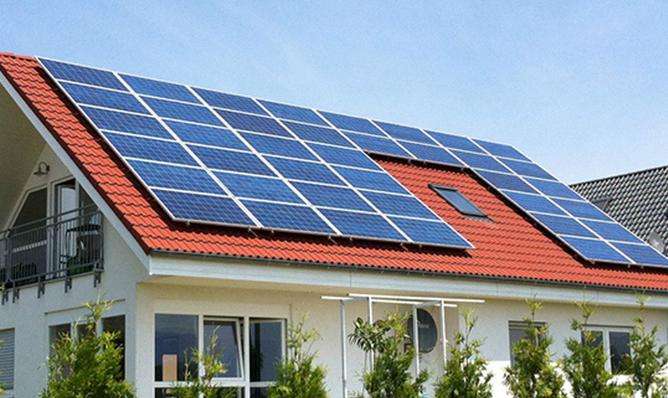Nowadays, new energy is a very popular trend. In Spain, a company Vortex Bladeless has developed this type of bladeless fan, which does not require a lot of bulky materials, and its cost is also lower. The noise is also very low.
It uses the kinetic energy of the wind to be captured, thus using an induction generator or a piezoelectric generator to convert the kinetic energy of the wind into electrical energy.
The principle uses the Karman vortex effect, which is an important phenomenon in fluid mechanics. It is often found in nature. When the constant flow under certain conditions bypasses certain objects, the object periodically breaks away from both sides. Double-row linear vortices with opposite directions of rotation and a regular arrangement. After non-linear action, a Karman vortex street is formed.
Speaking of Carmen Vortex Street, there is aother real event. In 1940, a suspension bridge with a main span of 853.4 meters was constructed over Tacoma Canyon in Washington State, United States, at a cost of US$6.4. It took 4 months to complete it. Later, on November 7 of the same year, a wind with a speed of 19 meters per second was encountered. Although the wind was not very strong, the bridge experienced violent torsional and amplitude vibrations. became larger and larger until the bridge deck tilted 45 degrees. At about 100 degrees, the downrods were pushed aside one by one, causing the bridge's steel girders to break and collapse, falling into the canyon. was filming film on the bridge, recording the initial vibration of the bridge. The entire process of its final destruction later became valuable information for the United States Federal Highway Administration to investigate the cause of the accident. When people have askedinvestigated the accident and collected historical data, they. were surprised to find that from 1818 to the end of the 19th century, bridge vibrations caused by wind had at least 11 suspension bridges damaged.
After World War II, research was conducted into the causes of wind damage to the Tacoma Bridge. Von Kármán wrote in his book "The Development of Aerodynamics" in 1954 that the destruction of the Tacoma Narrows Bridge was caused by the resonance of periodic vortices. The designers wanted to build a less expensive structure and used flat sheets to replace the trusses as side walls. . Unfortunately, these flat plates caused vortices to emit, causing the bridge body to begin twisting vibrations. The damage to the bridge was caused by the resonance of vibrations with the emission of vortices.
To put it simply and easily, it is the vibration causede by the change in speed of the fluid passing through the obstacle, which causes it to generate electricity.
Bladeless wind turbines should be the newest type.
The principle behind Vortex wind power generation is the Karman vortex effect in fluid dynamics, which refers to the fact that when a constant incoming flow bypasses certain objects under certain conditions, the two sides of the object fall periodically. Two-row linear vortices with opposite rotation directions and regular arrangement are produced after nonlinear action, a Karman vortex street is formed. For example, water flowing through the pillars of a bridge and wind blowing through towers, chimneys, cables, etc. will form Karman vortices. Once the vortices are large enough, they can cause the structure to oscillate. Vortex takes advantage of this aerodynamic instability to maximize the oscillationation and capture mechanical energy, then use this mechanical energy to generate electricity. Naturally, with traditionalThe design of this device is completely different from that of turbines. It mainly consists of a fixed mast, a generator and a hollow, lightweight, semi-rigid fiberglass cylinder on top. Vortex automatically changes stiffness and “synchronizes” with wind speed to maintain resonance without any mechanical or human intervention. The use of the vortex spill effect for wind power generation represents a technological leap forward in wind power that will produce power more efficiently, cheaper and more environmentally friendly. 'environment. The technology has attracted interest from Harvard University as well as Power, Inc., SunEdison's TerraForm renewable energy division, and Dat Venture.














